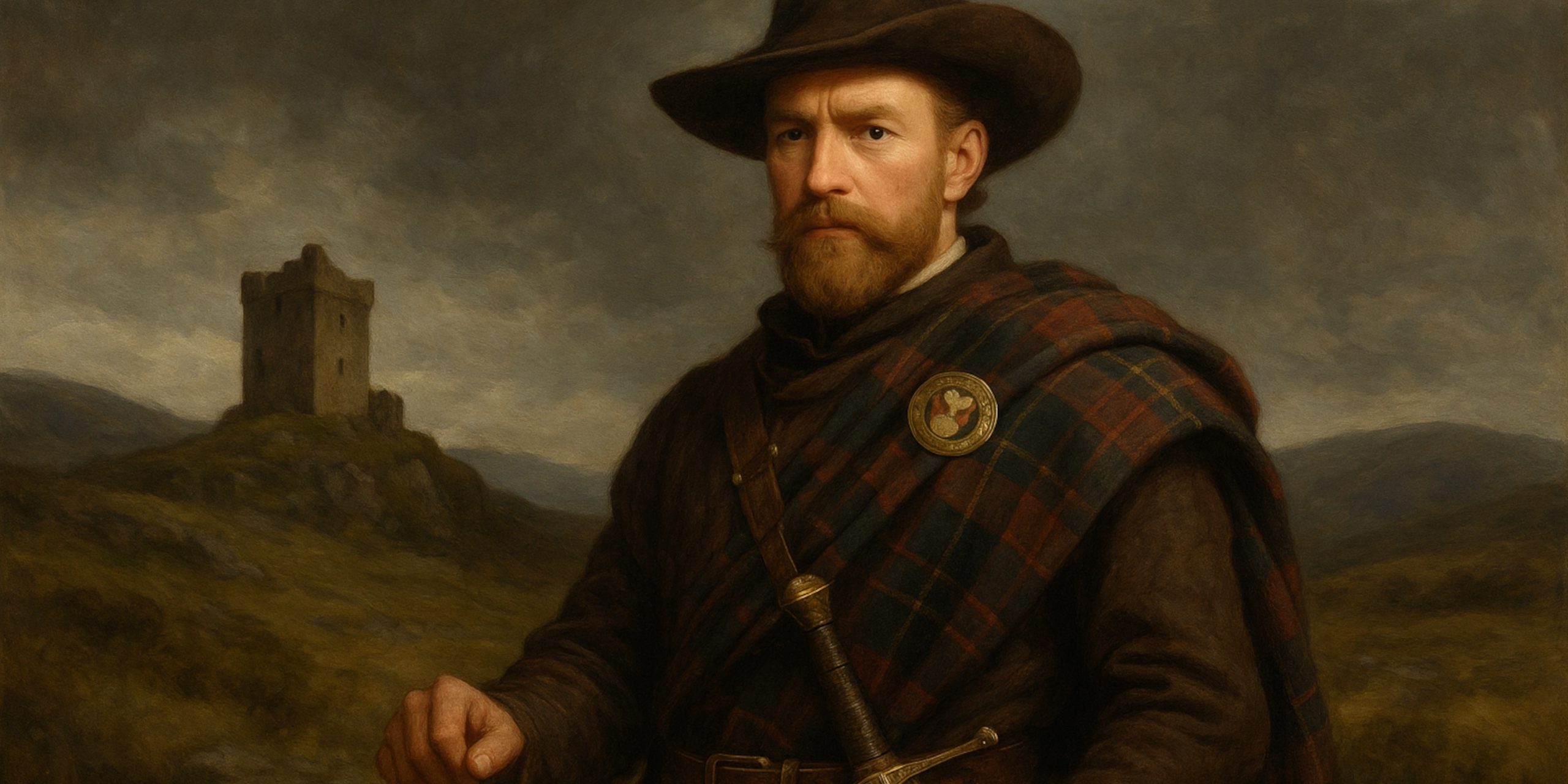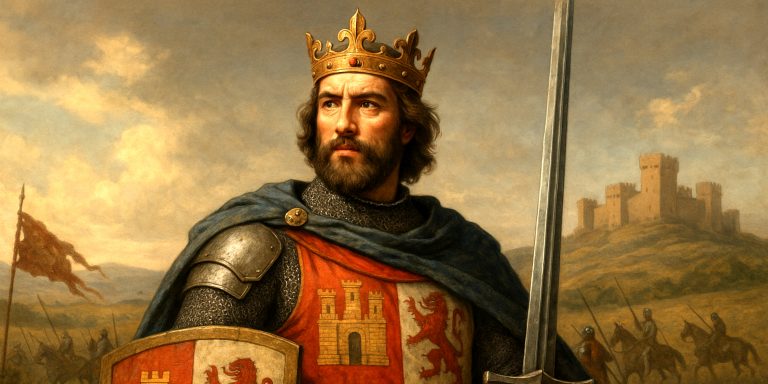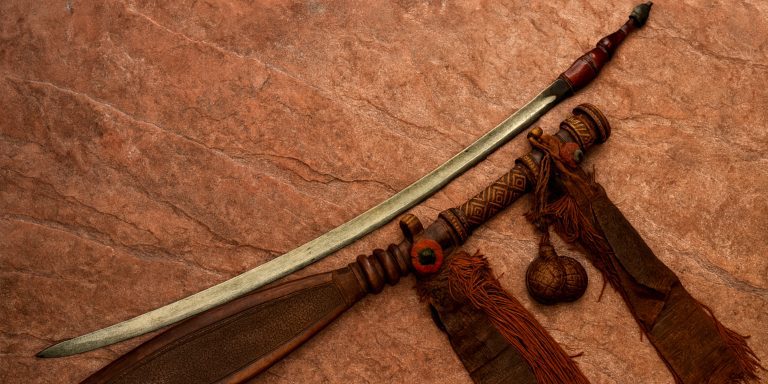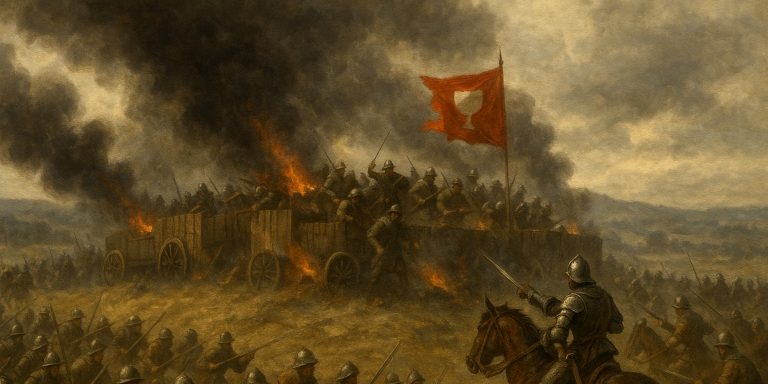
Clan Elliot, one of the most prominent Border Reiver families, occupied a turbulent and often brutal stretch of Anglo-Scottish history. Their story is steeped in survival, shifting loyalties, bitter feuds, and an enduring identity that outlasted the age of reiving. Rooted in the eastern Debatable Lands and the Rule Water valley in Teviotdale, the Elliots were fierce defenders of their name and territory.
Border Reiver Origins and Activity
The Elliots were already firmly established in Liddesdale by the 15th century. Early mentions place them near Redheugh and later at Stobs and Minto Crags, with Redheugh becoming the seat of the clan chief. As reivers, the Elliots participated in organised raiding across the Border, targeting English and Scottish neighbours alike when opportunity or vengeance demanded it. Cattle theft, blackmail (a term with Border origins), and feuding were not merely acts of desperation but part of a reiver code that blended survival with status.
Their power grew under the general lawlessness of the Borders, often fostered by the Crown’s neglect and the clan’s own deep-rooted martial culture. Like other Marcher clans, the Elliots developed a reputation for mounted raids, swift justice, and kin loyalty above royal allegiance.
Feuds, Septs, and Alliances
The Elliots’ most bitter feud was with Clan Scott. The Scott-Elliot feud flared in the mid-1500s and reached its bloody height with the burning of Branxholme, a Scott stronghold, by the Elliots in 1565. In retaliation, the Scotts razed Elliot lands with overwhelming force, nearly extinguishing several Elliot lines. Later, James VI attempted to quell the turbulence by deporting many Elliots and other reivers to Ireland, particularly during the Ulster Plantation.
Despite such rivalries, the Elliots also maintained strategic alliances. They were closely tied to the Armstrongs and the Croziers, often riding together in raids or uniting against mutual enemies. These shifting allegiances made the Borders unpredictable and deeply unstable for centuries.
Common Elliot sept names included:
- Eliot (older spelling)
- Elwood
- Ellot
- Ellatt
Many of these variations reflected local dialects or anglicised forms imposed later through administrative records or migration.
Notable Figures
- Robert Elliot of Redheugh: The earliest recorded chief, mentioned in charters from the early 15th century.
- William Elliot of Lariston: A known raider and swordsman whose family line suffered greatly during Crown crackdowns.
- Gavin Elliot of Midlem Mill: Later knighted and instrumental in the family’s reintegration into respectable society post-reiving.
- Sir Gilbert Elliot of Minto (1651–1718): An influential judge and politician who helped shift the clan’s legacy from Border infamy to national leadership.
The Minto line would eventually produce the Earls of Minto, a sign of the family’s transformation in the post-reiving era.
Raids, Battles, and Royal Retaliation
The Elliots featured in numerous skirmishes and retaliatory strikes across the Middle and West Marches. Their participation in the 1545 Battle of Ancrum Moor, against English forces, highlights their occasional alignment with national interests. However, they were far more feared for their night raids and sudden strikes, especially during times of fragile truce.
Royal attempts to pacify the Borders often focused on the Elliots. In the 1600s, following the Union of the Crowns, James VI declared the Borders a ‘Middle Shire’ and enacted harsh justice. Many Elliots were hanged, exiled, or forced to relocate. Some were transplanted to Ulster, where their descendants became part of the Scots-Irish population.
Strongholds and Territory
Elliot strongholds were scattered throughout Teviotdale and Liddesdale. Key sites include:
- Redheugh Tower: The ancestral seat near Bonchester Bridge, overlooking Rule Water.
- Stobs Castle: Acquired later, and home to a prominent branch during the 17th century.
- Arkleton and Borthwickbrae: Important farms and bastle houses tied to the clan’s economic and military strength.
Most Elliot dwellings were fortified bastles, built for defence against rival clans and English retaliation. These structures remain a defining feature of the Border landscape.
Clan Symbols and Identity
The Elliot motto, Fortiter et Recte (Boldly and Rightly), reflects both their reiver spirit and their eventual commitment to public service. Their crest shows a raised sword, symbolic of their warrior past.
Clan tartans were only formally adopted much later, but the Elliot tartan is now widely recognised, particularly among diaspora families in Canada, Australia, and the US.
Legacy and Modern Presence
Despite their fierce past, the Elliots have played a more civil role in recent centuries. The Minto line continued to serve in high legal and political offices well into the 19th century. The family’s presence in British India and later colonial service underscores the transformation of the Elliots from local warlords to imperial administrators.
Today, Clan Elliot maintains an active clan society with global branches. Redheugh remains in family hands and serves as a symbolic centre of clan identity. Interest in Elliot history has grown in tandem with wider fascination in Border reiving culture.
The clan’s enduring legacy is one of hard edges and hard choices. Their story is not one of romantic outlawry, but of adaptation, resilience, and the complicated loyalties of a land defined by conflict.



